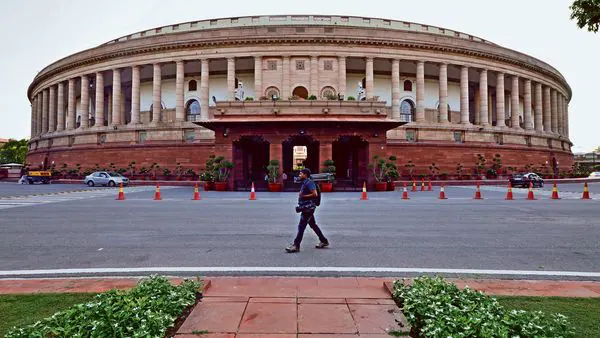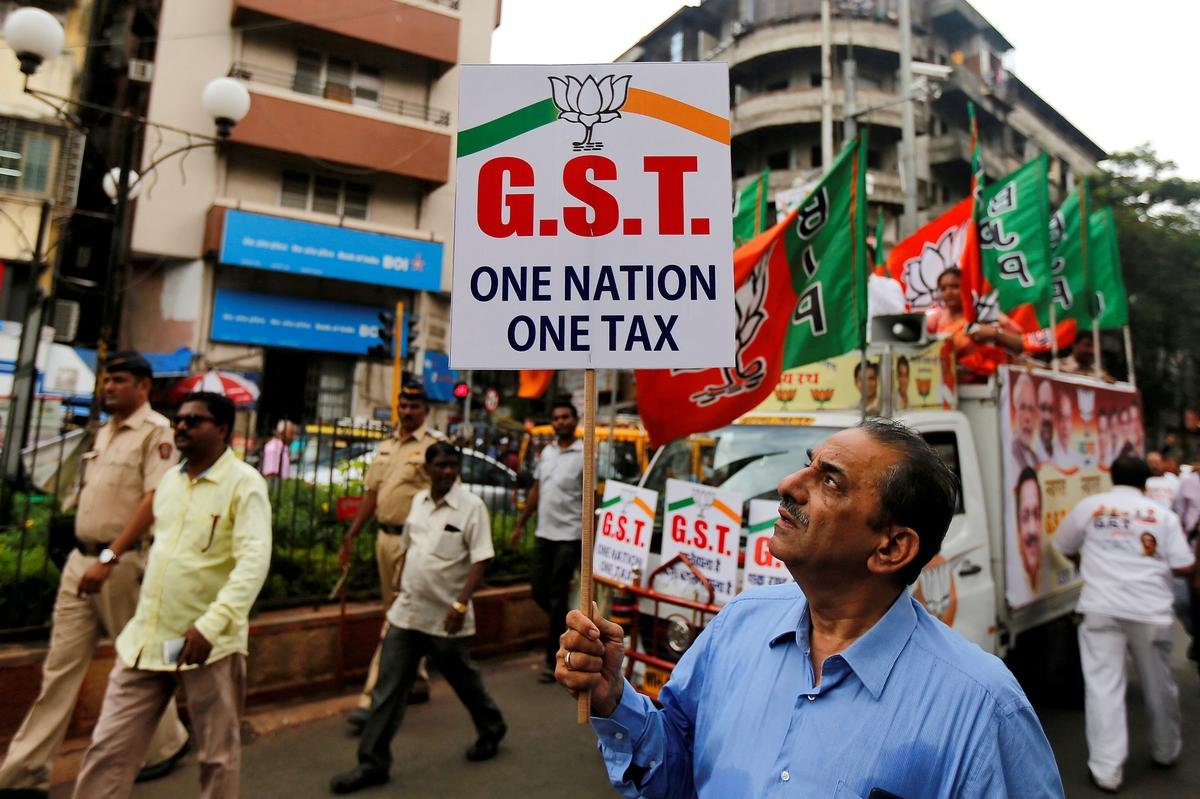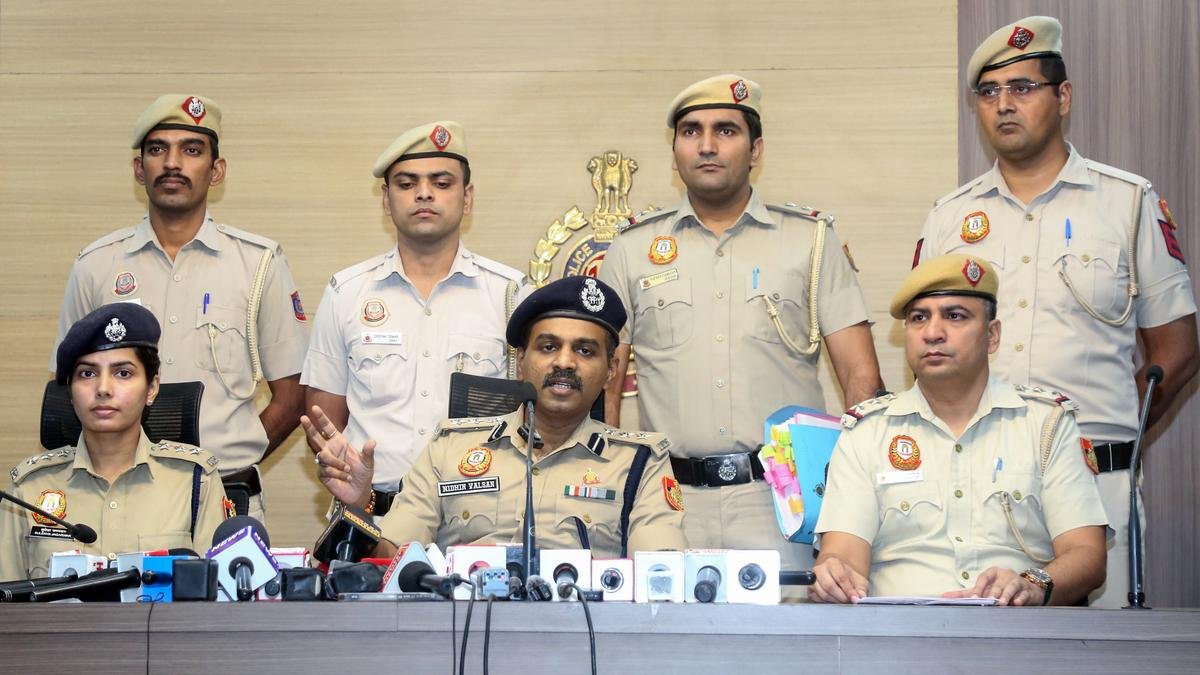Why in the News?
- The government is planning to make the “creamy layer” rules more uniform for OBC reservations across central/state governments, PSUs, universities, and aided institutions.
- This comes after many disputes where the same caste certificate was accepted in some exams but rejected in others, especially in the UPSC Civil Services Exams (2015–23) where 100+ candidates lost OBC status due to unclear rules.
- Ministries, National Commission for Backward Classes (NCBC), and NITI Aayog are discussing a policy to set clear equivalence of posts and income limits so that rules are fair for everyone.
Key Highlights
- Origin of the Creamy Layer Rule
- Indra Sawhney Case (1992): Supreme Court said rich/advanced OBCs (creamy layer) must be excluded from reservation.
- 1993 DoPT Order: Children of Group A/Class I officers, certain Group B officers, top professionals, big landowners, and wealthy families were marked as creamy layer.
- Income Limit Rules
- For non-government jobs, the income ceiling started at ₹1 lakh/year (1993).
- Later revised: ₹2.5 lakh (2004) → ₹4.5 lakh (2008) → ₹6 lakh (2013) → ₹8 lakh (2017).
- Agricultural income and salary from government jobs were mostly excluded from this test.
- 2004 Clarification
- Problem: Many jobs in PSUs, universities, banks, private companies, or autonomous bodies did not neatly fit into the government’s Group A/B/C/D structure.
- Solution: DoPT’s 2004 Clarification said:
- In such cases, instead of post-equivalence, look at parents’ income.
- Income from salary and from other sources (excluding agriculture) would be checked separately.
- If either side of income was above the limit for 3 years continuously, their children would be considered creamy layer.
- Post-2014 Enforcement
- Earlier (2004–14), the clarification was not strictly applied.
- From 2014, DoPT started re-checking caste certificates using the 2004 rules.
- Result: 100+ UPSC candidates (2016–24 batches) were denied OBC status, though the same certificate worked in other exams.
- New Proposal for “Equivalence” (2025)
- University Teachers: Assistant Professor (Level 10) = Group A post → their children will be creamy layer.
- Autonomous/Statutory Bodies: Posts will be matched with govt pay scales.
- Non-Teaching Staff: Classified based on level/group/pay.
- State PSUs: All executives will be treated as creamy layer (like central PSUs since 2017), but if income ≤ ₹8 lakh, they will not.
- Aided Institutions: Employees treated at par with govt staff of similar pay.
- Private Sector: No post-equivalence possible → creamy layer decided only on income/wealth test.
| Constitutional Basis of Reservation 1. Article 15(4): States can make special provisions for socially and educationally backward classes. 2. Article 16(4): Reservation in public employment for backward classes. 3. Article 340: Empowers the President to appoint a commission to investigate the condition of backward classes (basis for Mandal Commission). Mandal Commission (1979) 1. Recommended 27% reservation for OBCs. 2. Introduced the idea of excluding the “creamy layer” from OBC benefits. Indra Sawhney Judgment (1992) 1. Upheld 27% OBC reservation. 2. Introduced the concept of creamy layer exclusion. 3. Capped total reservation at 50%. 4. Stated that reservation is not available in promotions (later amended in certain cases for SC/ST). National Commission for Backward Classes (NCBC) 1. Origin: Set up in 1993 under the NCBC Act, under the Ministry of Social Justice & Empowerment. 2. Constitutional Status: Got constitutional backing through the 102nd Amendment Act, 2018 → inserted Article 338B (NCBC), Article 342A (list of SEBCs), and Article 366(26C). 3. Composition: Chairperson, Vice-Chairperson, and 3 Members (in the rank of Secretary to GoI), appointed by the President. 4. Functions: a. Monitor and evaluate safeguards for socially and educationally backward classes (SEBCs). b. Inquire into complaints of rights deprivation. c. Advise on socio-economic development and review progress. d. Submit annual and special reports to the President with recommendations. e. Perform additional functions as assigned by the President. 5. Powers: a. Same as a civil court (summon, demand documents, take evidence). b. Union & States must consult NCBC on all major policy matters affecting SEBCs. c. Can regulate its own procedures. |
Implications
- More Uniformity: A single rulebook will remove confusion between UPSC, state PSCs, universities, and PSUs.
- Benefit to Affected Candidates: If applied retrospectively, 100+ Civil Services candidates may get their rightful OBC status back.
- Clarity in Universities and PSUs: University teachers and PSU executives will have a clear position under creamy layer rules.
- Private Sector Unchanged: Private employees will still be judged by income, as their posts cannot be compared.
- Need for Revision of Limit: Current ₹8 lakh limit (fixed in 2017) has become outdated. Inflation and salary hikes push even lower-level employees into creamy layer unfairly.
Challenges and Way Forward
| Challenge | Way Forward |
| Confusion on whether salary should be included in income tests. | Issue one clear rule with examples showing when salary counts and when not. |
| Different recruiters apply rules differently (UPSC vs others). | Create a single central registry of equivalence for all. |
| Difficult to map posts in universities, autonomous bodies, and PSUs. | Publish post-to-post equivalence tables and update regularly. |
| State PSUs not aligned with central PSU rules. | Extend central PSU model (2017) to states uniformly. |
| Private jobs are too diverse. | Continue with income-based rules, define what counts (bonus, perks, ESOPs). |
| Income ceiling has been stuck at ₹8 lakh since 2017. | Revise every 3 years automatically, linked to inflation. |
| Risk of litigation over retrospective effect. | Give a clear cut-off date and appeal mechanism for disputes. |
| Poor quality caste certificates. | Standardise formats, enable digital verification. |
Conclusion
The move to create equivalence in creamy layer rules is an attempt to fix long-standing confusion and unfair treatment in OBC reservations. If implemented properly, it will ensure fairness, clarity, and uniformity across government services, PSUs, universities, and aided institutions. Regular revision of the income ceiling and clear post-equivalence rules will be crucial for its success.
| Ensure IAS Mains Question Q. Discuss the challenges in the application of the ‘creamy layer’ principle in OBC reservations. How will the proposed policy of establishing ‘equivalence’ among posts help in ensuring fairness and uniformity? (150 words) |
| Ensure IAS Prelims Question Q. With reference to the creamy layer criteria for Other Backward Classes (OBCs), consider the following statements: 1. The concept of creamy layer was introduced by the Supreme Court in the Indra Sawhney judgment (1992). 2. Income from agriculture is included while calculating the creamy layer income ceiling. 3. Posts in universities and state PSUs are automatically equated with government Group A and Group B posts for creamy layer purposes. Which of the statements given above is/are correct? a) 1 only b) 1 and 2 only c) 2 and 3 only d) 1 and 3 only Answer: a) 1 only Explanation: Statement 1 is correct: The Supreme Court in Indra Sawhney vs Union of India (1992) introduced the concept of the creamy layer. It ruled that the more advanced sections within OBCs (socially and economically) should be excluded from reservation benefits to ensure equity among backward classes. Statement 2 is incorrect: While deciding the creamy layer income ceiling, income from agriculture and land is excluded. Only income from salary, business, or profession is counted. Hence, agricultural income is not considered. Statement 3 is incorrect: Posts in universities and state PSUs are not automatically equated with Group A or Group B services of government. The equivalence is examined separately and not given by default. |





